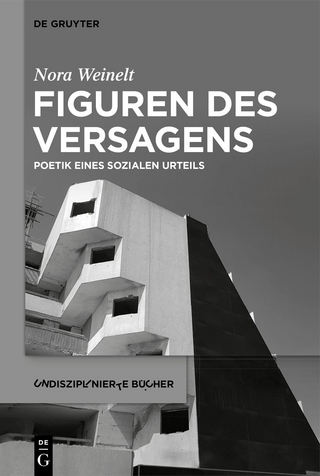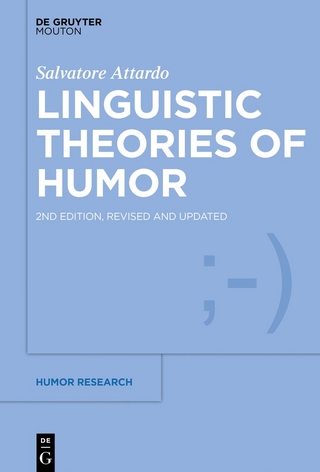
Prosody in Medieval English and Norse
Seiten
2023
Oxford University Press (Verlag)
978-0-19-726746-2 (ISBN)
Oxford University Press (Verlag)
978-0-19-726746-2 (ISBN)
Prosody in Medieval English and Norse reconstructs aspects of linguistic prosody from the medieval records of two closely related languages: English and Norse. Evidence from a series of case studies points to continuity in the internal rhythms of words in these languages, especially the enduring role of the bimoraic trochee.
How can we reconstruct the rhythms and cadences – the prosody – of past languages? Prosody in Medieval English and Norse approaches this problem by comparing two closely related languages with a long written history in the Middle Ages. Through a series of case studies on vowel reductions and alliterative verse forms, Kaster identifies important continuities in the internal rhythmic structure of words and explores the enduring role of the bimoraic trochee.
The main rhythmic building block of these languages, the bimoraic trochee, shapes both linguistic change and poetic structure. The bimoraic trochee played a defining role in the loss of many unstressed vowels that took place in English and Norse in the 6th and 7th centuries, and continued to influence vowel reductions in later English. In alliterative poetry, the bimoraic trochee explains previously opaque restrictions against using certain words in certain metrical contexts, especially the controversial Kaluza's law in Beowulf and Craigie's law in the Poetic Edda. Together, these case studies allow prosodic change and stability to be traced over time.
How can we reconstruct the rhythms and cadences – the prosody – of past languages? Prosody in Medieval English and Norse approaches this problem by comparing two closely related languages with a long written history in the Middle Ages. Through a series of case studies on vowel reductions and alliterative verse forms, Kaster identifies important continuities in the internal rhythmic structure of words and explores the enduring role of the bimoraic trochee.
The main rhythmic building block of these languages, the bimoraic trochee, shapes both linguistic change and poetic structure. The bimoraic trochee played a defining role in the loss of many unstressed vowels that took place in English and Norse in the 6th and 7th centuries, and continued to influence vowel reductions in later English. In alliterative poetry, the bimoraic trochee explains previously opaque restrictions against using certain words in certain metrical contexts, especially the controversial Kaluza's law in Beowulf and Craigie's law in the Poetic Edda. Together, these case studies allow prosodic change and stability to be traced over time.
Nelson Goering grew up in the Ocooch 'Mountains' of southwestern Wisconsin, and has a DPhil from the University of Oxford. He has held a British Academy funded postdoctoral fellowship on Norse Influence on Middle English Prosody, in the course of which he published a number of articles on early Germanic foot structure and metrics. He is currently at Ghent University, working on his FWO-funded research project Little Words in Early Germanic. This project combines evidence from metrics, orthography, and sound change to better understand the synchronic and diachronic dimensions of phonological clitic developments in the early Germanic languages.
| Erscheinungsdatum | 17.05.2023 |
|---|---|
| Reihe/Serie | British Academy Monographs |
| Zusatzinfo | No |
| Verlagsort | Oxford |
| Sprache | englisch |
| Maße | 162 x 240 mm |
| Gewicht | 722 g |
| Themenwelt | Geisteswissenschaften ► Sprach- / Literaturwissenschaft ► Anglistik / Amerikanistik |
| Geisteswissenschaften ► Sprach- / Literaturwissenschaft ► Literaturwissenschaft | |
| Geisteswissenschaften ► Sprach- / Literaturwissenschaft ► Sprachwissenschaft | |
| ISBN-10 | 0-19-726746-7 / 0197267467 |
| ISBN-13 | 978-0-19-726746-2 / 9780197267462 |
| Zustand | Neuware |
| Informationen gemäß Produktsicherheitsverordnung (GPSR) | |
| Haben Sie eine Frage zum Produkt? |
Mehr entdecken
aus dem Bereich
aus dem Bereich
Poetik eines sozialen Urteils
Buch | Hardcover (2023)
De Gruyter (Verlag)
59,95 €
Buch | Softcover (2024)
belleville (Verlag)
20,00 €


